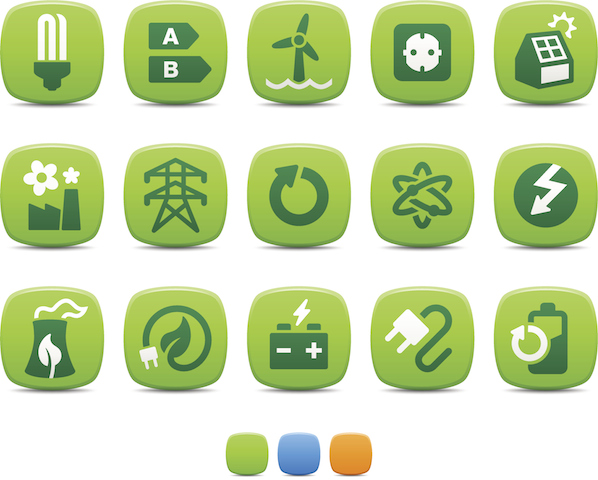A recent publication by the Inter-American Development Bank (IDB), entitled Sustainable infrastructure for competitiveness and inclusive growth, reveals that as the population and economies of Latin America and the Caribbean grow, demand for adequate infrastructure also increases. At the same time, the report warns that it is necessary to attend to the challenges facing our region over time: rapid urbanization, increasingly universal access to basic services (water, electricity and sanitation), regional and global integration, and climate change adaptation and mitigation, among other factors.
For these reasons, one of the five priorities established in the IDB’s Ninth General Capital Increase (GCI-9) is to accompany countries in the region in the process of adopting a new vision, in which infrastructure is planned, built and maintained in order to provide services of the quality necessary to promote sustainable and inclusive growth.



Follow Us